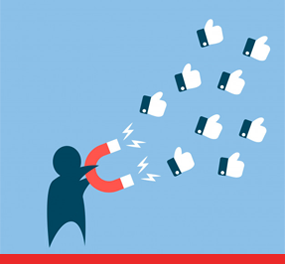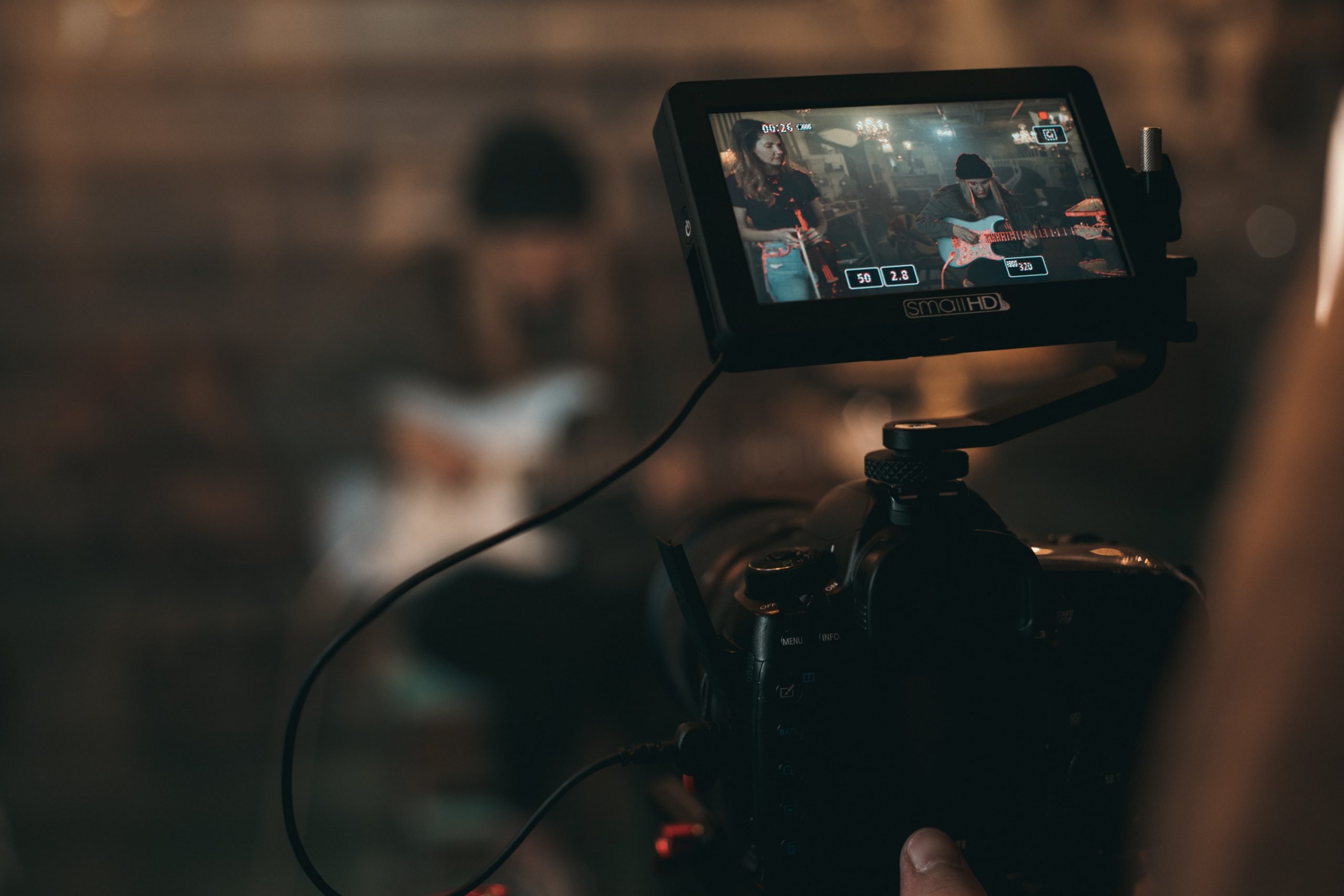
What can Make your Campaign become Viral?
Just off the top of your head, can you recall a few social media campaigns that, as any popular Internet lexicon would label them, “went viral”? Campaigns that made you sit up and take notice… Campaigns that instantly struck a chord… Campaigns that spread like wild fire… Campaigns that influenced your buying decision towards the products they were associated with.
If you are a social media enthusiast, it shouldn’t be too difficult to recount a handful. Difficult, however, is creating them. It’s no mean feat coming up with something that would cut the clutter and stand out in the extremely competitive landscape of social media with over 1.8 billion active users and counting. So, what makes these campaigns click? Could there be a recipe to turn campaigns viral? We pulled out our magnifying glasses, rummaged around the Internet to find five such remarkable, out of the box, campaigns that used social media intelligently and quite literally, broke the Internet.
1. The Ice Bucket Challenge of 2014 by ALS Foundation
What was it: It involved pouring a bucket of ice and water over one’s head, posting the video on Facebook and challenging friends to do the same. The underlying purpose was to promote awareness about a serious motor neuron disease called ALS and encourage donations to research.
Impact: It generated 17 million videos on Facebook leading to $115 million in charitable donations.
Our takeaways: If not for its totally unexpected packaging as a fun activity what were the chances of a charitable fundraising campaign garnering such massive support? Your brand positioning may be the serious, no-nonsense kind, very typical of banks, hospitals and so on, but that shouldn’t prevent you from experimenting with elements of fun and humor. Also, keeping your campaigns easy and simple helps.
2. OreoSnackHacks of 2014 by Oreo
What was it: What started off with an Oreo fan’s viral Facebook picture on how he’d dunk his cookie in milk with a fork, turned into a more viral social campaign. #OreoSnackHacks encouraged fans to post their own twists to the Oreo eating experience. Its popularity made Oreo spin it off into a web-series where it invites celebrity chefs to use the biscuits to churn out interesting recipes.
Impact: Oreo gained over 55.9k followers on Vine, over 3 million video loops and more than 23,000 followers on Twitter during the campaign. Right from chicken tenders with Oreo crust to how one can put the cookie in a pepper grinder to create sprinkles or mix bits of it in with popcorn for additional flavor, it led to some of the most engaging user generated content.
Our takeaways: What we have here is a 100-year-old brand. How do we make people, especially younger generation, excited about something that’s been around for that long? There couldn’t have been a better way of doing it than picking on the element of “OMG! Why didn’t I think of that before”? Add to it the call to action: Innovate & Share. It was a familiar product and the sudden push to play around with it broke all barriers around what one could do with a cookie!
3. Giformances of 2015 by The Katona József Theatre group, Hungary
What was it: In an attempt to attract the gadget loving young people to theater, The Katona József Theatre group in Hungary called on its top actors to create GIFs that expressed all kinds of different emotions. They put all the GIFs in an online catalog called Giformances and floated them over social media.
Impact: Giformances instantly made it to front-page and prime time news. The videos went viral and they attracted over 200k unique users at their website, over 1.2 million media impressions and reached every 5th person in the country. The campaign also made it to the list of finalists of the Webby Awards, considered the Oscars of the Internet.
Our takeaways: Take your message to where your target audience is. In this case, a primitive form of entertainment took to new age media to target an audience base and in a manner that would best appeal to them.
4. Dowry Calculator of 2015 by Shaadi.com
What is it: Matrimonial website, in partnership with an NGO, launched a segment on their website featuring a dowry calculator that the brand claimed could calculate the amount of dowry a person is worth based on his education qualifications, salary, etc. It was actually a prank. Instead of the dowry amount, a slot machine calculator appears on the screen and the numbers keep changing until it settles on a number indicating the number of dowry deaths that happen in India and concludes with a strong message on eradicating dowry.
Impact: What a viral campaign that was! At first users reacted in disbelief and disgust at how a matrimonial website could promote dowry, but they soon discovered the prank and the brand’s bold campaign idea led to record traction on social media.
Our takeaways: Dowry being a norm in India, it may have antagonized some of the brand’s client-base. But the brand took that calculated risk, reiterating its “Shaadi Cares” brand image. Taking up a social cause can help build a long term asset. Also, the format—shock and awe—can work really well if you play it smart.
Here, try it out for yourself…
Video: http://www.shaadicares.org/calculate-dowry/
5. “For Almost Everything. Almost.” Of 2014 by A.1. Sauce (Kraft Foods)
What is it: Kraft Foods decided to re-brand one of their popular sauces, A.1., popularly associated with steaks. They created an advert that used the Facebook UI to creatively demonstrate how the sauce can be used on almost everything.
Impact: Once again, it was product re-branding. And the brand successfully broadcast the message resulting in a boost in sales.
Our takeaways: Consumers can be resistant to re-branding if your product has been solidified in their minds. Consider taking up a storytelling format to communicate your message. Also, note the choice of platform and the step by step narrative. Facebook is associated with forming new relationships. Using the platform’s user behavior to tell the product re-branding story was smart to get people to connect instantly.
So, to sum it up, campaigns hold a better chance at going viral if a few basics are taken care of.
Emotional connect: Plan a campaign with an emotional catch. Humorous or sentimental, it would work out better if people are able to connect.
Social Message: Emotional connect could be further accentuated with a social message and maybe, a call to action in the end.
Make it easy, make it fun: Think of something that is simple and fun to do. The activity may or may not be directly related to your brand, but your brand’s message would still be able to ride on it.
Understand your TG: Different things work for different audiences and different platforms. A campaign with dads showing childcare hacks may work well for a multi-speciality hospital brand but it’s not going to appeal to celebrities. Understanding the triggers of your target group is very important.
Integrate User Generated Content (UGC): A call for participation has better chances at creating engagement.
There are more. There will be more. And we will be back with more of these. Watch out.
Contributed by Nidarshana for GenY Medium





